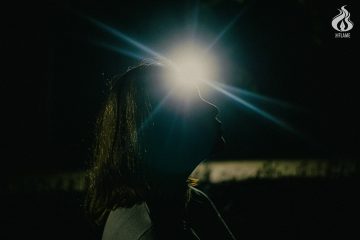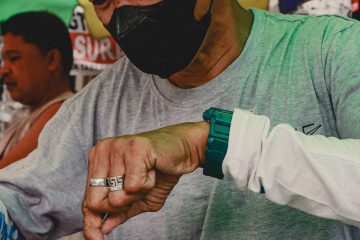
SOME WOMEN are resisting the brutality of those in power, both on the frontlines and behind the scenes.
To say that they have always been brave in standing on their ground even when their voices shook would be an understatement.
Despite this, they are often overlooked simply because they are women.
In its 19th-year celebration, Cinemalaya 2023 offered ten full-length films. One of the full-length films was Cinemalaya’s first-ever documentary titled Maria.
Written and directed by Sheryl Rose Andres, the documentary is set in the administration of former president Rodrigo Duterte. It narrates the experiences of three Marias during the war on drugs, including their struggle with patriarchy.
The film’s first segment introduces Maria, a former Duterte supporter. She recalls how she lost her son without knowing the reason behind it. It took years before her son’s remains were identified.
The next Maria is former vice president Maria Leonor Robredo. Robredo’s segment presents the campaign period as she discusses the tribulations she experienced as a leader of the opposition. After losing the race for the presidency to Ferdinand Marcos, Jr., she launched a non-government organization called Angat Buhay.
This segment of the film, however, seemed irrelevant to the documentary’s purpose. Since Robredo is a prominent personality the public more or less already knows the narrative in the segment that featured her. Including this narrative in the documentary took away the time to dig deeper into other female victims’ stories, which were kept behind cameras or were not highlighted by the media.
The third and last Maria in the film, referred to as “Mary Ann,” lost both husband and son. Mary Ann has been actively participating in projects raising awareness of extrajudicial killings. Mary Ann’s story conveyed how an ordinary citizen resists state brutality — a tale of a woman who uses her voice to muster hope and courage.
Throughout the film, the drug war’s collateral damage on women was brought to light. Instead of centralizing the narrative on the victim alone, it shifted its focus to the women in the victim’s family.
However, the exposure of Robredo’s failed presidential campaign was overcompensating. Almost half of the film featured her campaign period. Her exposure overshadowed the two other victims. The film should have balanced the screen time for each woman and not have the other characters receive the short end of the stick just because the other is a public figure.
In a way, the three Marias in the film can also be viewed as the virtues in the canonical narrative: Maria as faith, Leni as charity, and Mary Ann as hope. Considering that most Filipinos are Catholics, the canonical narrative of the three Marias (or Las Tres Marías) and its possible relations with the three Marias in the film made the documentary stand out more to the Filipino people.
The team behind the technical aspects of the film’s cinematography did an excellent job of showcasing the dystopian texture of the film. Its lighting had a tint of yellow, especially in crime scenes. The film did not censor the depiction of violence. Each graphic scene was accompanied by somber music. Since the stories were told by the three Marias themselves, close-up shots attended their narrations, making the documentary feel authentic and personal.
However, the film was nothing out of the ordinary documentaries on streaming platforms. It was like any other extrajudicial killings documentary — it still got its point across and raised a profound awareness about the tackled issue to its audience. Its attempt to amplify women’s voices in the cases of extrajudicial killings slightly failed. Yet the documentary’s quality was enough to be considered average.
Maria served as a reminder that justice is a long journey of resisting and fighting. Granted that this is a documentary tackling the past administration’s brutality — a theme that had been explored countless times — it portrayed the stories like any other documentary would.
Still, what made Maria different was using the female lens as a viewpoint of the previous administration’s culture of impunity and patriarchal paradigms. F – A.Y. Sacramento



